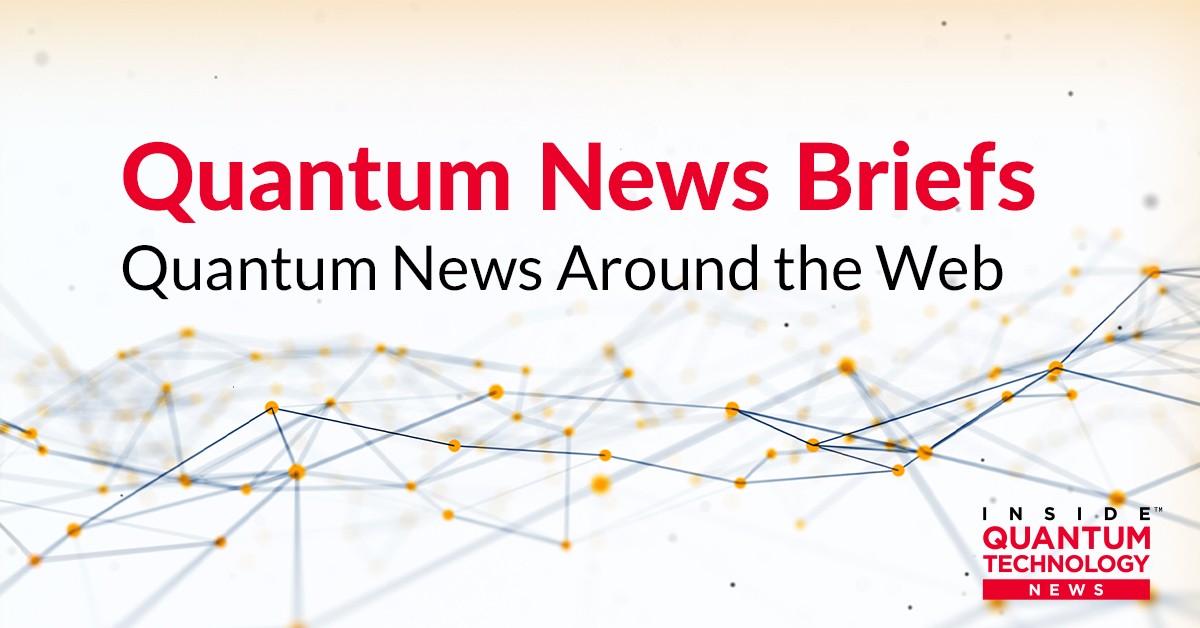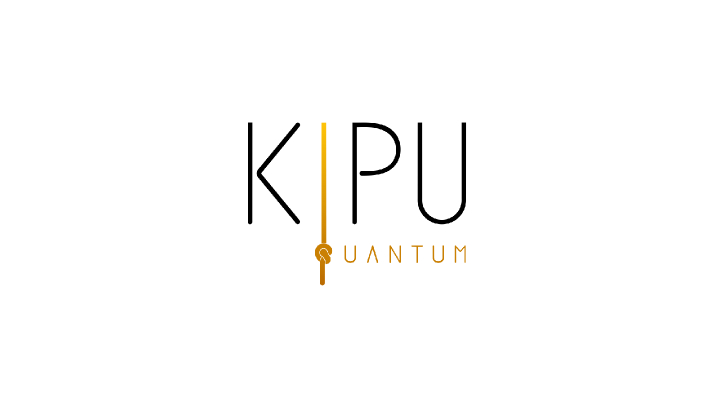
By Kenna Hughes-Castleberry posted 25 Nov 2023
Quantum News Briefs: November 25, 2023
Kipu Quantum GmbH Joins the DLR QCI Project Basiq

Kipu Quantum GmbH, a German quantum software company, has joined the DLR (German Aerospace Center) project “BASIQ: Battery materials simulation using quantum computers” as part of the DLR Quantum Computing Initiative (DLR QCI). The three-year project, funded by the German Federal Ministry for Economic Affairs and Climate Action and led by the DLR Institute of Engineering Thermodynamics, aims to develop simulations for battery materials on quantum computers at an atomic level. Kipu Quantum, known for its advanced quantum algorithms using unique digital and digital-analog compression technology, will contribute significantly to the project. Their technology, which has set performance records in various fields, is expected to solve industrial problems much earlier than other methods. The collaboration aligns with Kipu Quantum’s mission to apply its algorithms to industry-relevant problems and the DLR QCI’s broader goal of creating a quantum computing ecosystem involving different industries and research institutions.
Physicists find evidence of exotic charge transport in quantum material

In recent experiments at Rice University, a “strange metal” quantum material made from ytterbium, rhodium, and silicon exhibited surprisingly low quantum noise, challenging traditional concepts in quantum mechanics. Published in Science, the study observed the metal’s quantum charge fluctuations, known as “shot noise,” revealing that electricity in strange metals might flow in a unique liquid-like form, not easily explained by the standard theory of quasiparticles. The material, displaying quantum critical behavior, shifts from non-magnetic to magnetic below a critical temperature and acts as a heavy fermion metal just above this threshold. The experiments, involving precise nanoscale wires, provided the first direct evidence against the quasiparticle theory in strange metals. This discovery, aligning with a 2001 theory of quantum criticality, suggests that electrons verge on localization in strange metals, leading to the loss of quasiparticles across the Fermi surface. The findings raise broader questions about the universal behavior of various strange metal compounds and their underlying physics.
Kenna Hughes-Castleberry is the Managing Editor at Inside Quantum Technology and the Science Communicator at JILA (a partnership between the University of Colorado Boulder and NIST). Her writing beats include deep tech, quantum computing, and AI. Her work has been featured in Scientific American, Discover Magazine, New Scientist, Ars Technica, and more.
- SEO Powered Content & PR Distribution. Get Amplified Today.
- PlatoData.Network Vertical Generative Ai. Empower Yourself. Access Here.
- PlatoAiStream. Web3 Intelligence. Knowledge Amplified. Access Here.
- PlatoESG. Carbon, CleanTech, Energy, Environment, Solar, Waste Management. Access Here.
- PlatoHealth. Biotech and Clinical Trials Intelligence. Access Here.
- Source: https://www.insidequantumtechnology.com/news-archive/quantum-news-briefs-november-25-2023-kipu-quantum-gmbh-joins-basiq-project-rice-university-scientists-find-evidence-of-exotic-charge-transport-in-quantum-material/



